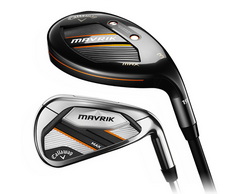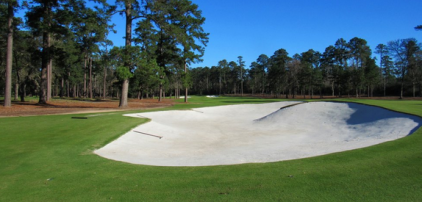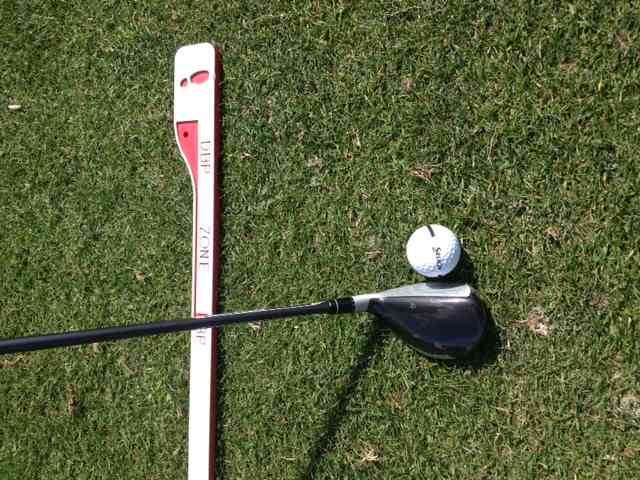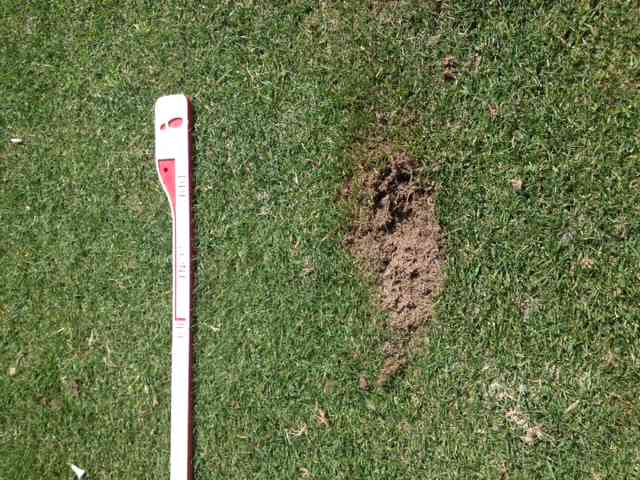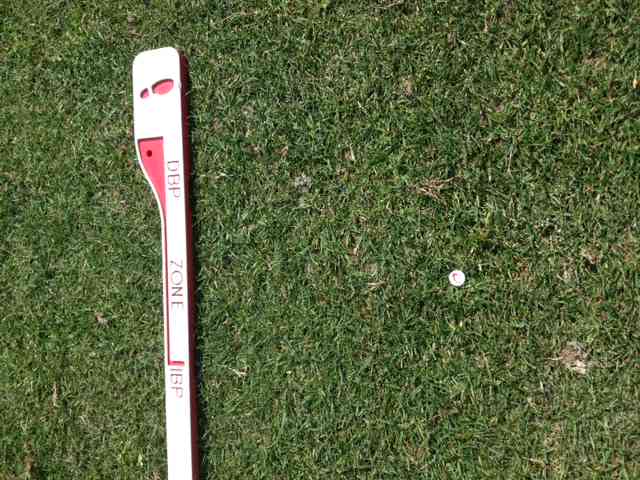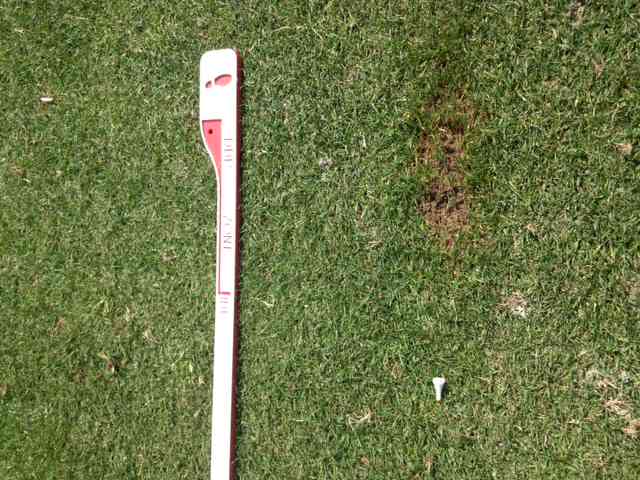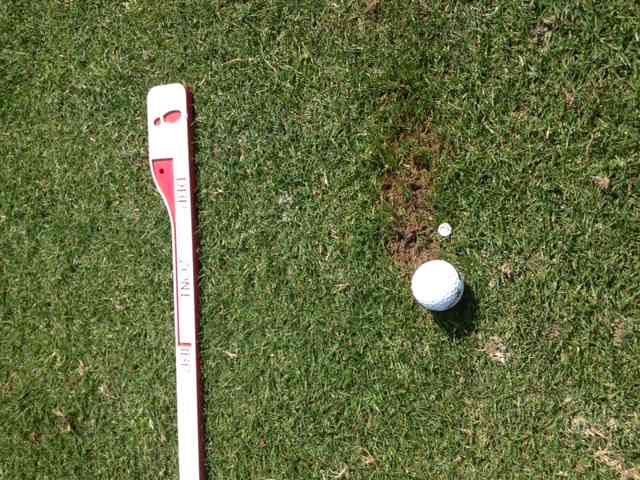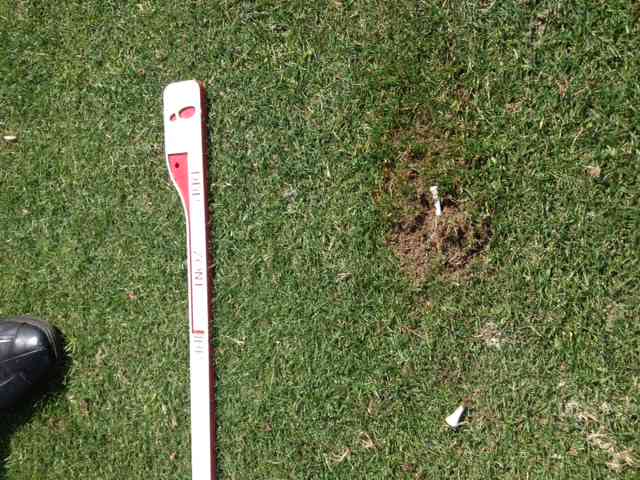The first morning of our schools and camps I (Tim) talk to the students about what they are about to go through. One of the topics is the process of learning and how to get the most out of the school. This process is the same we all need to go through to create new habits – I wanted to discuss a little in this e-tip. Here is what all need to do to create new habits:
1. Learn the Fundamental
You must first learn the fundamental(s) that you need to work on. Whether a long game, short game, mid game, etc… fundamental such as the grip, set up, etc… you need to study the fundamental you want to work on. Learning doesn’t mean doing at first, it means understanding what is correct and what is not.
2. Learn the Why
As you are working on creating a new habit, you need to know the why of the fundamental. More than, because we said so, but rather, why the fundamental is important. As you are making the change(s), you will feel uncomfortable at first. If you don’t know the specifics of why you need to make the change, your brain will “give up” when it becomes uncomfortable. (Very common). If you know why – you will be more likely to get through the uncomfortable stage. This is the conscious thought eventually transforming to the unconscious thought. It takes time, but your conscious thought must know the “whys” at first to continue with the change.
3. Learn How to Practice to Create the New Habit
You can know what fundamental you need to work on, you can know the whys… but if you don’t know how to practice toward creating the new habit, your improvement will be limited, or at least slowed considerably. Whether performing drills, using training aids, or both, it is absolutely critical you learn how to practice toward creating the new habit.
4. Check Points
During your practice, you must have check points. The check points are set up so you can make sure you are creating the fundamentals correct. The more check points you have, the better. Check many, check often, don’t forget to check. As many already realize, it is much easier to make yourself worse than better – you can prevent this by having check points and checking often while practicing and working toward the new habits.
Some of us can self-teach, some of us have a hard time with this…. it is really and individual thing.
Most of you know we have many instructional DVDs you can review on fundamentals, drills, etc… If you have not seen them, you can review them at www.moenormangolf.com
We also have a coaching / gold program you might not know about. It is a great way to get individualized work with a GGA Master Instructor – we will let you know exactly what you need to work on. Work with you on your “weak” fundamentals, give you the whys, drills and check points to guarantee improvement.
We are currently running a special on our Gold Program- if you would like more information – please see our formula for success workshop: CLICK HERE
